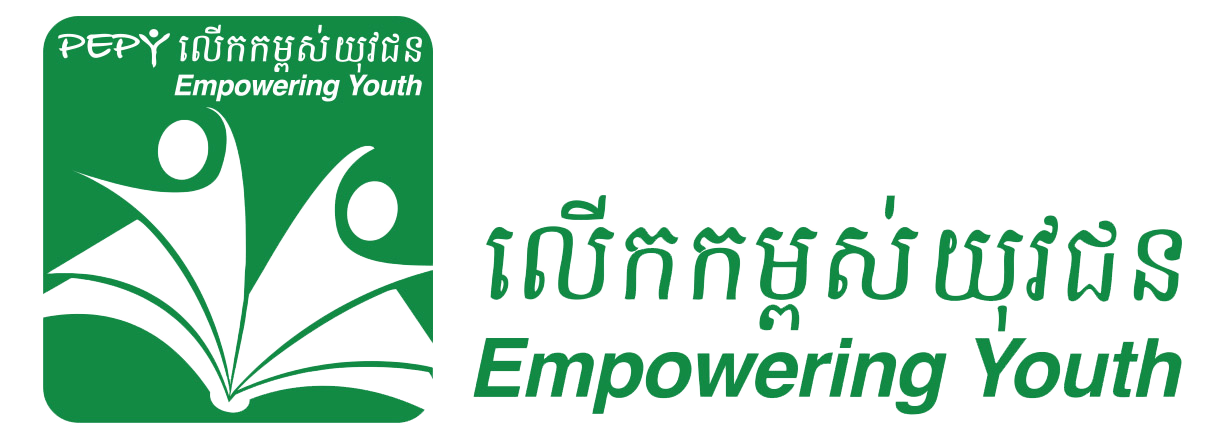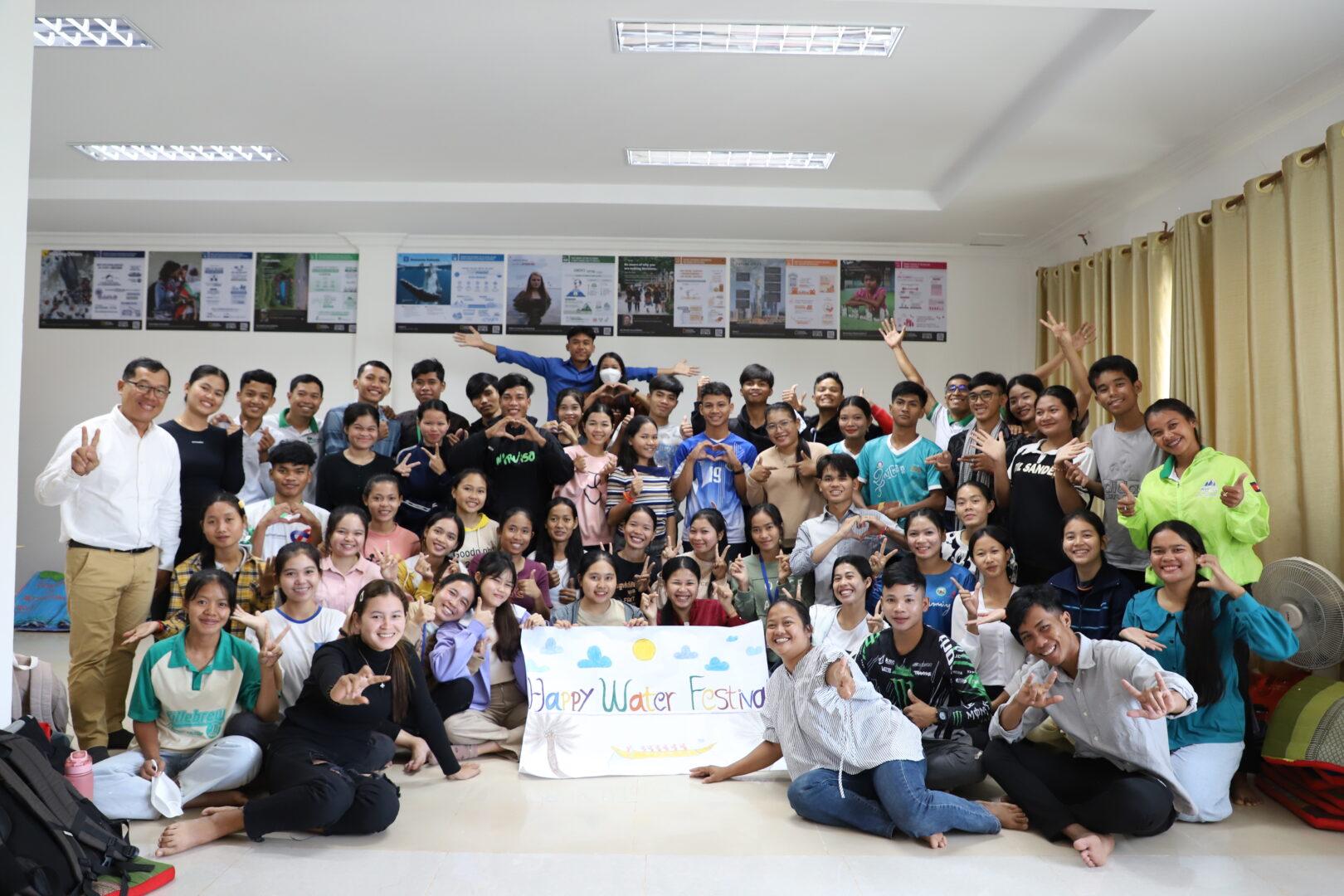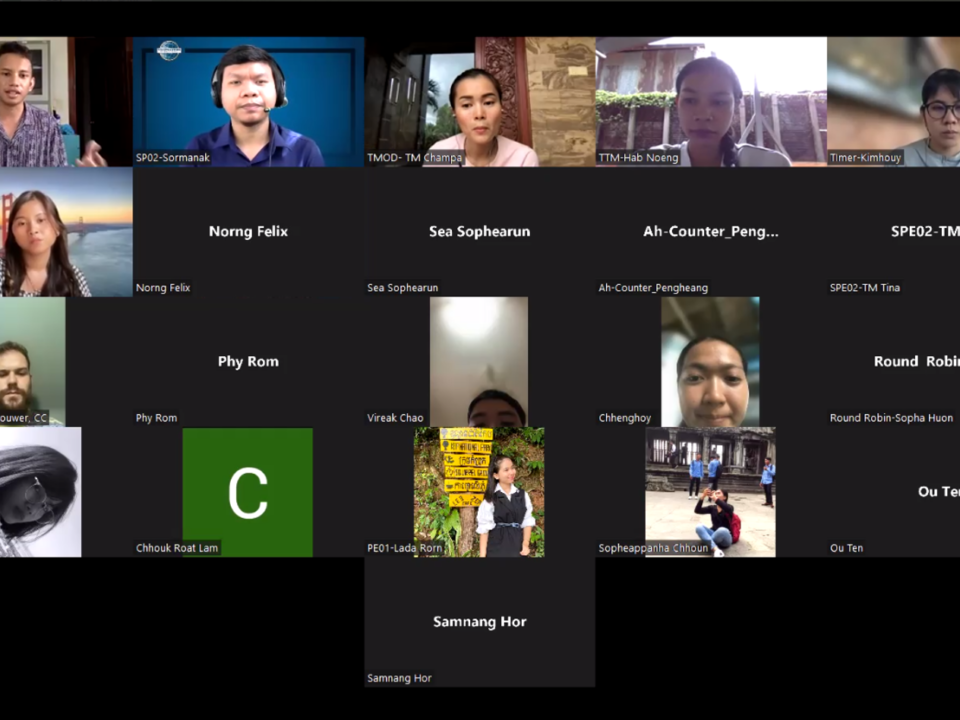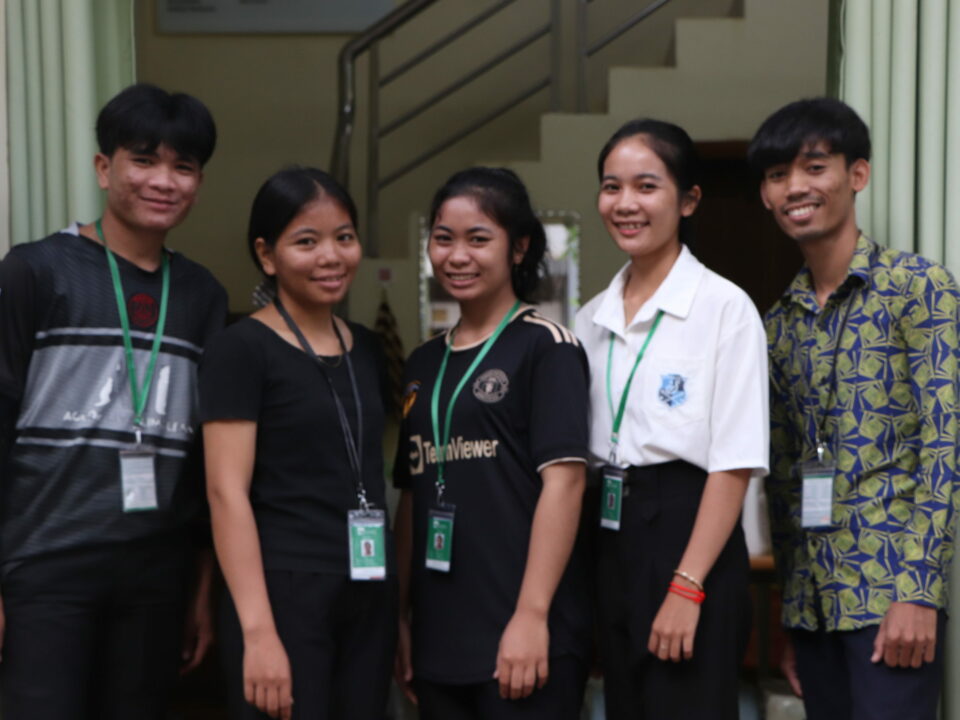PEPY Application for Volunteer Position
November 22, 2012Hats off to a great night of Bingo
December 5, 2012 This is the big question that we keep asking and asking at PEPY. Why do students drop out, and is there a way we can encourage them not to?
This is the big question that we keep asking and asking at PEPY. Why do students drop out, and is there a way we can encourage them not to?
Drop out rates at Chanleas Dai Junior High School have risen from 3% to 9% to 22% over the last three years. Why is this happening? Does this mean our projects aren’t “working”? What can we do about it?
PEPY Senior Program Manager Sarakk Rith and Program Officer Heat Kdat have been meeting with students and community members to try and find answers to these questions. Sarakk shares some initial findings:
“The problem of drop-out is complicated and not caused by only one thing. We have talked to some students and parents and so far this is what we have learnt:
- Migrating to Thailand is becoming more and more popular for teenagers. There are not many employment opportunities available in Chanleas Dai so to them it makes more sense than attending school. Improved political relations between Cambodia and Thailand make this migration more feasible.
- In previous years there was high enrolment in Chanleas Dai Junior High School as students from Snoul commune attended the school as there was no functioning junior high school in their own commune. Now some of these students are either attending the new school in Snoul, have moved to Kralanh Junior High School, or have dropped out to go to Thailand.
- The quality of education provided at the junior high school by the government teachers is very poor and so parents do not see the value of sending their children there – even with additional PEPY classes available. Some parents now send their children to school in Kralanh instead, others have let their children drop out to go to Thailand.
It has been good to see in recent meetings that the community members in Chanleas Dai are putting pressure on government teachers and school principles to improve the quality of education at the junior high school. However, the issue of low teacher salaries still remains the root cause of a lot of the problems faced in rural schools.”

This table shows enrolment figures for Chanleas Dai Junior High School over the last few years.
As we consider how to add to and improve our program offerings, we are asking ourselves the following questions:
- Should we run teacher training or school development projects at the junior high school to try and improve the quality of education offered by government teachers?
- Should we initiate parent clubs to work with families to understand the long term benefits of education and the value of sending their children to school and being invested in the standard of education in their communities?
- Should we put more emphasis on providing opportunities for young people at and after high school to demonstrate the value of staying in education, and to also show younger students there are realistic options available to them other than migrating to Thailand?
- Should we expand our offerings to work with junior high schools in other communes to support the students in those areas who are invested in education and attending school?
We know that school drop-out is a national issue and that we, as a small organization, can’t necessarily turn the tide of student drop out and migration to Thailand. We spoke to 59 students who had dropped out of school this year and 37 of them (62%) did because of migration-related reasons. However 20% of the students did not do so willingly and want to return to their studies. We DO know from our projects that we can successfully work with young people who are already committed to their education and we fully believe in supporting these young people in the best way that we can.
Over the next few months we will be continuing to consult with young people and community members in Chanleas Dai to ensure the investment that PEPY donors, staff and supporters are making will have the biggest impact possible for lives of the young people we work with.




